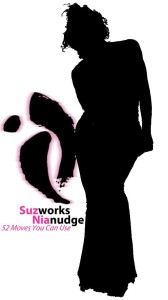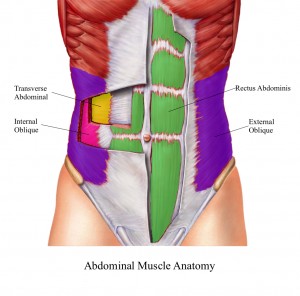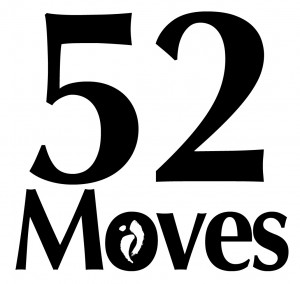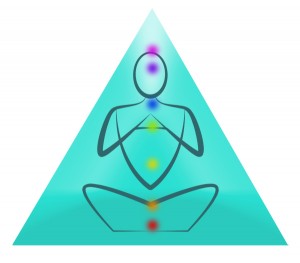Standing in place, align your feet with the big toes touching and the heels slightly apart and the outer edges of your feet running parallel to each other. Keep your feet, ankles, knees and hip joints relaxed and spring-loaded. To sustain upright balance, slip into the position of at-ease and ready, sensing your posture as if falling up towards the sky.
When practicing Closed Stance, play with moving at different speeds while sinking and rising through the three planes: high, middle and low. Use your core and upper extremities to support you in moving down and up and vice versa. As you lower, point your tailbone backwards, generating the movement from the balls of your hip joints. As you rise, press your feet into the ground.




